Firebush Transplant Guide – How To Transplant A Firebush Shrub
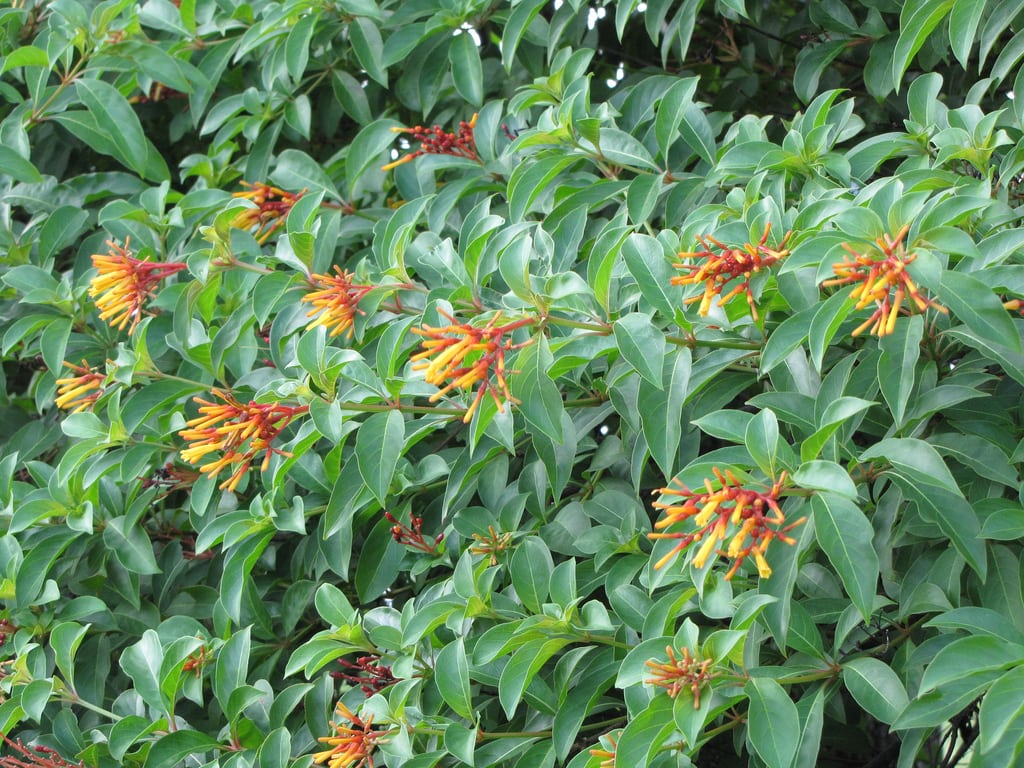

Also known as hummingbird bush, Mexican firebush, firecracker shrub, or scarlet bush, firebush is an eye-catching shrub, appreciated for its attractive foliage and abundance of dazzling, orange-red blooms. This is a fast-growing shrub that reaches heights of 3 to 5 feet (1 to 1.5 m.) fairly quickly and moving a firebush can be tricky. Read below for tips and advice on transplanting a firebush without damaging the roots.
Preparing a Firebush Transplant
Plan ahead if possible, as advance preparation significantly increases the chance of successfully transplanting a firebush. The best option on when to transplant firebush is to prepare in fall and transplant in spring, although you can also prepare in spring and transplant in fall. If the shrub is very large, you may want to prune the roots a year ahead. Preparation involves tying the lower branches to ready the shrub for root pruning, then pruning the roots after tying up the branches. To prune the roots, use a sharp spade to dig a narrow trench around the base of the firebush. A trench measuring approximately 11 inches (28 cm.) deep and 14 inches wide (35.5 cm.) is sufficient for a shrub measuring 3 feet (1 m.) in height, but trenches for larger shrubs should be both deeper and wider. Refill the trench with removed soil mixed with about one-third compost. Remove the twine, then water well. Be sure to water a root-pruned shrub regularly during the summer months.
How to Transplant a Firebush
Tie a brightly colored piece of yarn or ribbon around the plant’s uppermost, north-facing branch. This will help you orient the shrub correctly in its new home. It will also help to draw a line around the trunk, about an inch (2.5 cm.) above the soil. Tie the remaining branches securely with sturdy twine. To dig the firebush, dig a trench around the trench you created a few months ago. Rock the bush from side to side while you ease a shovel underneath. When the shrub is free, slide burlap under the shrub, then pull the burlap up around the firebush. Be sure to use organic burlap so the material will rot into the soil after planting without restricting growth of the roots. Once the roots are wrapped in burlap, place the shrub on a large piece of cardboard to keep the root ball intact while you move the firebush to the new location. Note: Soak the rootball shortly before the big move. Dig a hole in the new location, twice as wide as the width of the root ball and slightly less deep. Place the firebush in the hole, using the north-facing branch as a guide. Be sure the line around the trunk is about an inch (2.5 cm.) above soil level. Water deeply, then apply about 3 inches (7.5 cm.) of mulch. Be sure the mulch doesn’t mound against the trunk. Water regularly for two years. The soil should be consistently moist but not soggy.
Gardening tips, videos, info and more delivered right to your inbox!
Sign up for the Gardening Know How newsletter today and receive a free copy of our e-book "How to Grow Delicious Tomatoes".

A Credentialed Garden Writer, Mary H. Dyer was with Gardening Know How in the very beginning, publishing articles as early as 2007.
-
 What Is A Pollinator Garden? Grow Gorgeous Blooms While Benefiting Your Local Ecosystem
What Is A Pollinator Garden? Grow Gorgeous Blooms While Benefiting Your Local EcosystemPollinator gardens look great and also provide a diverse ecosystem that benefits your local pollinating insects and animals. Get started today with this guide!
By Bonnie L. Grant
-
 5 Tough Urban Trees That Thrive In Cities – Top Picks For Urban & Suburban Landscapes
5 Tough Urban Trees That Thrive In Cities – Top Picks For Urban & Suburban LandscapesExplore the best urban trees that will add value to even the most challenging of landscapes. Get growing with these ideas and enjoy all the benefits of trees.
By Teo Spengler
-
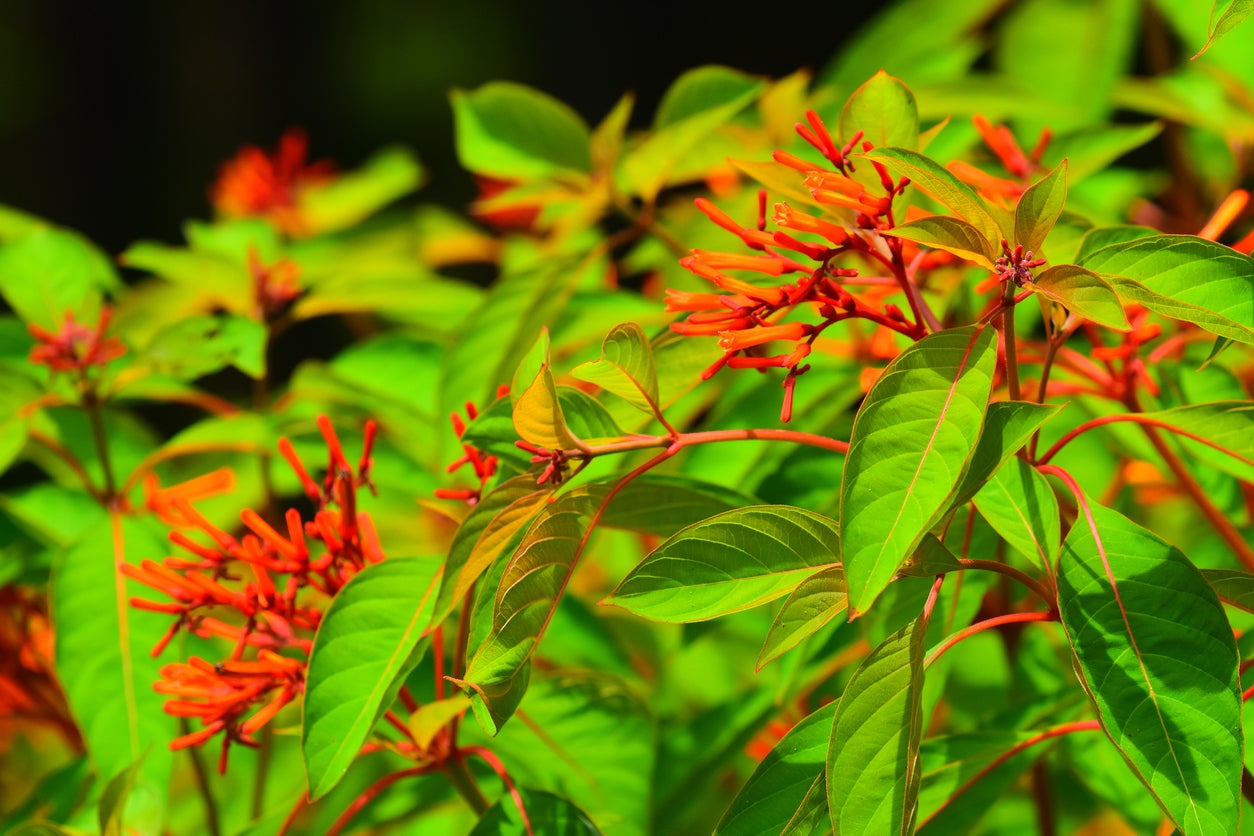 Firebush Winter Care Guide – Can You Grow A Firebush In Winter
Firebush Winter Care Guide – Can You Grow A Firebush In WinterKnown for its bright red flowers and extreme heat tolerance, firebush is a popular blooming perennial. But as with many plants that thrive on heat, the question of cold quickly arises. Learn more about firebush cold tolerance and firebush winter care here.
By Liz Baessler
-
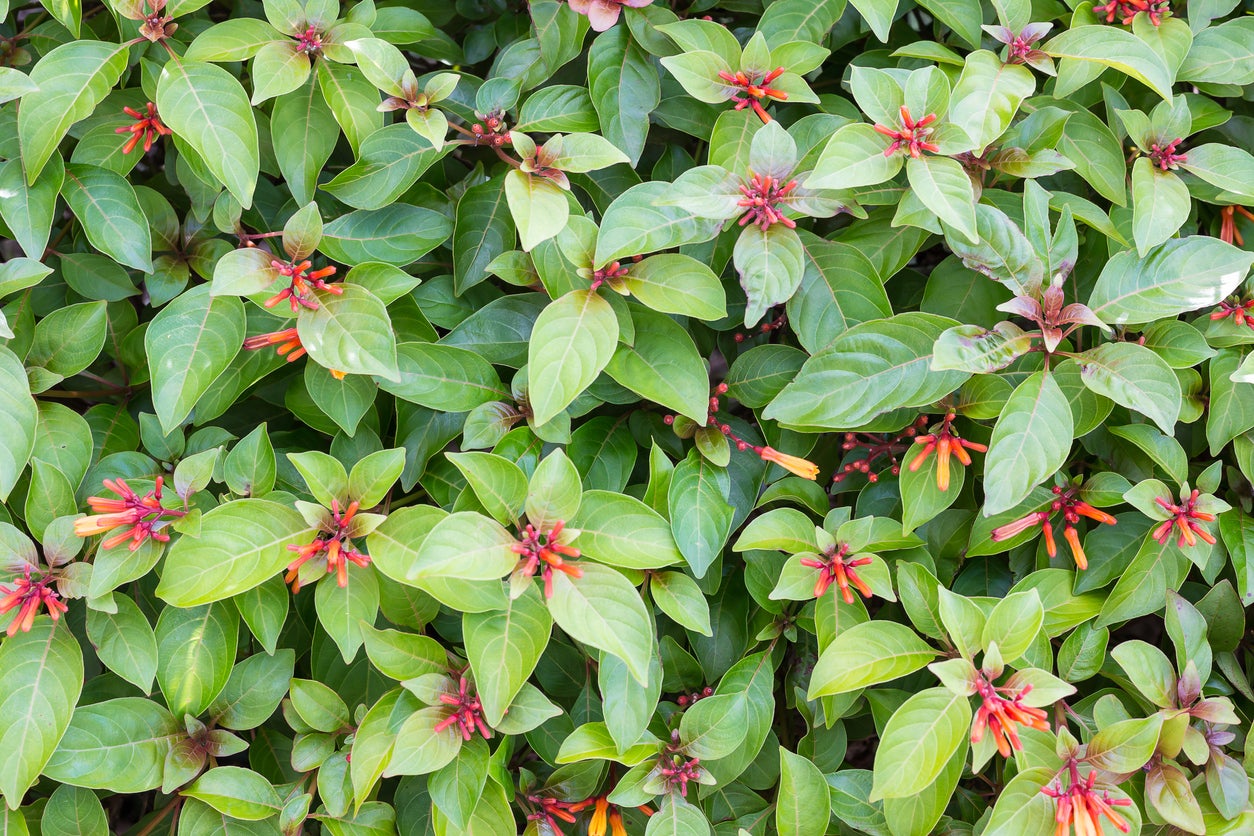 Can You Grow A Firebush Hedge: Firebush Boundary Plant Guide
Can You Grow A Firebush Hedge: Firebush Boundary Plant GuideKnown for its dazzlingly red flowers and ability to sustain high temperatures, firebush is also known for being able to take a serious pruning. These qualities combine to make it a great choice for a natural hedge. Learn more about growing firebush hedge plants here.
By Liz Baessler
-
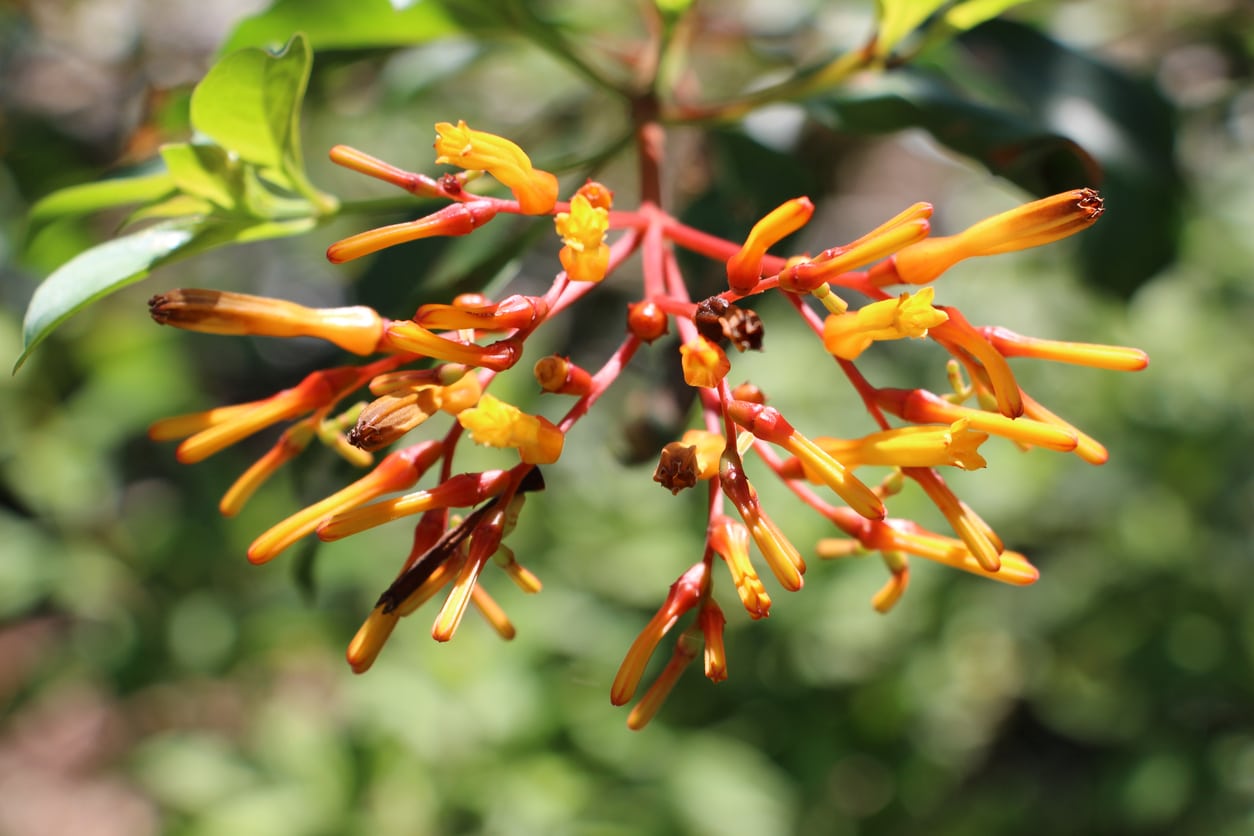 Popular Types Of Firebush – Learn About Different Kinds Of Firebush Plant
Popular Types Of Firebush – Learn About Different Kinds Of Firebush PlantFirebush is the name given to a series of plants that bloom profusely with bright red, tubular flowers. But what exactly constitutes a firebush, and how many varieties are there? Learn about different firebush cultivars and species in this article.
By Liz Baessler
-
 Uses For Firebush Plants: What Is Firebush Good For
Uses For Firebush Plants: What Is Firebush Good ForFirebush earns its name two ways - one for its blazing red foliage and flowers, and one for its ability to thrive in the extreme summer heat. The versatile plant has several uses, both in and beyond the garden. Learn more about using firebush shrubs in this article.
By Liz Baessler
-
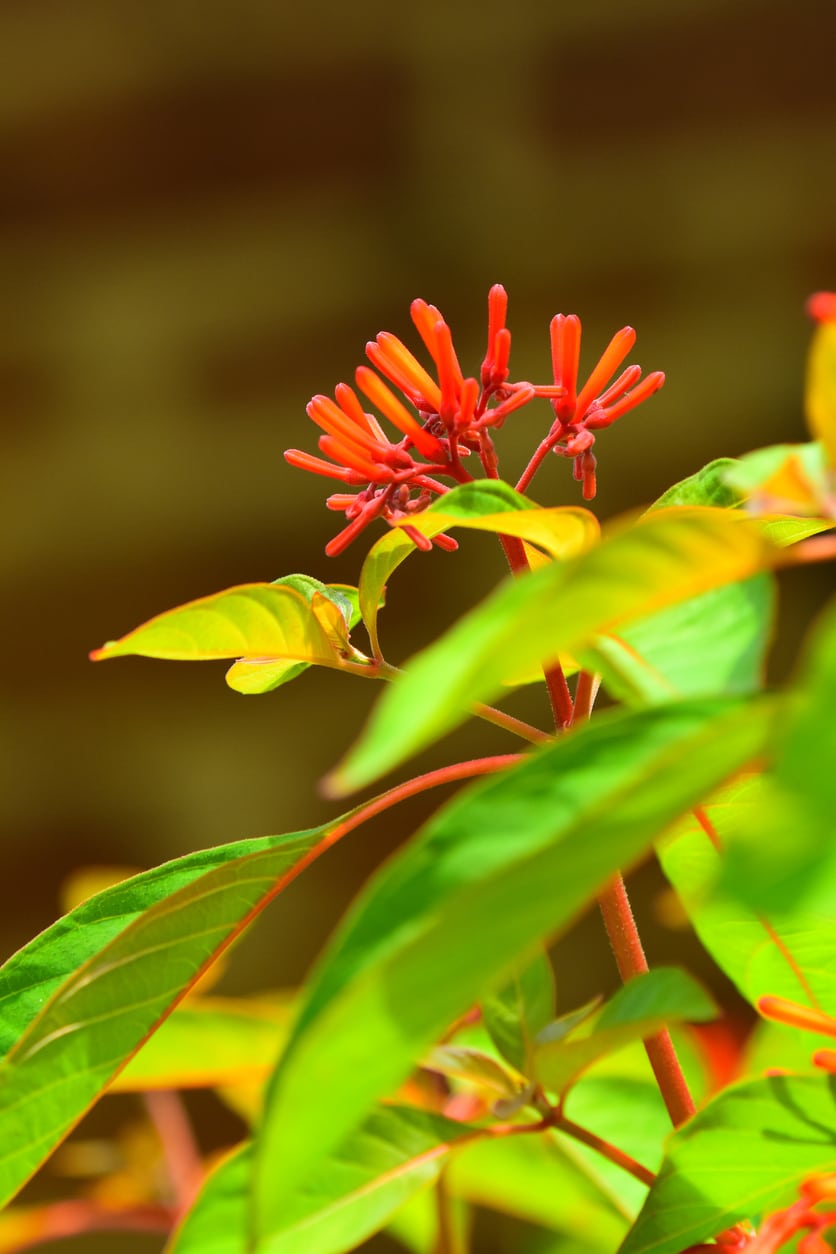 Firebush Container Care: Can You Grow Firebush In A Pot
Firebush Container Care: Can You Grow Firebush In A PotA lover of hot weather, firebush is native to tropical regions. In cooler, non-tropical locations, firebush can be grown as an annual or container plant. Click here to learn some care tips for potted firebush plants and see if this plant is for you.
By Darcy Larum
-
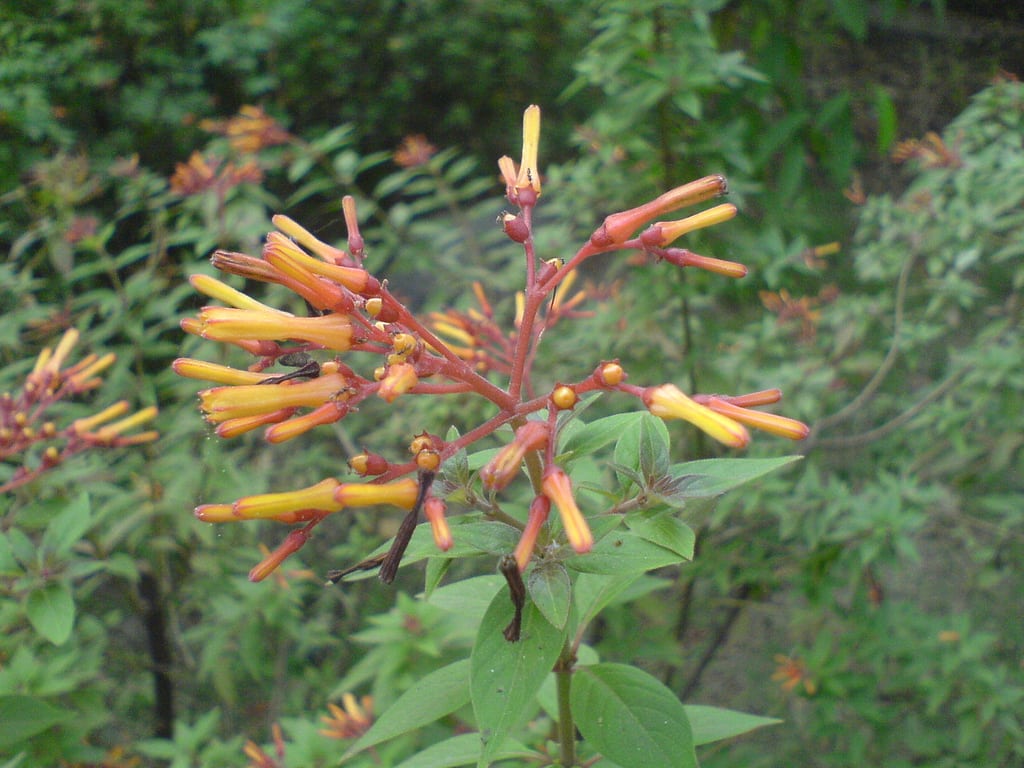 Firebush Seed Sowing: When To Plant Firebush Seeds
Firebush Seed Sowing: When To Plant Firebush SeedsIf you are wondering about growing beautiful and easy-care firebush, then click this article for information on firebush seed propagation. We’ll offer tips on growing firebush from seeds including when and how to plant firebush seeds.
By Teo Spengler
-
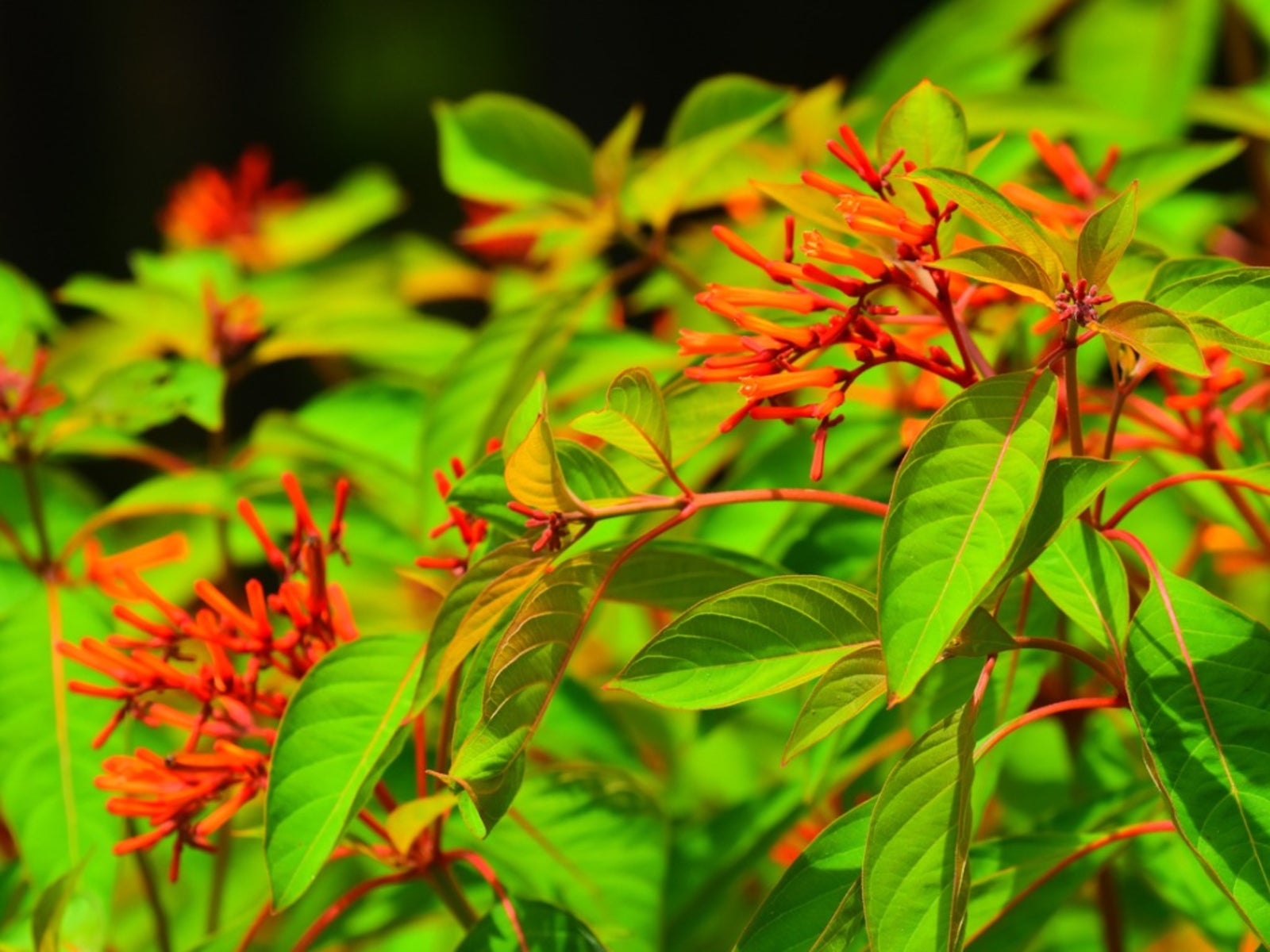 Firebush Leaf Drop: Reasons For No Leaves On A Firebush
Firebush Leaf Drop: Reasons For No Leaves On A FirebushFirebush is generally easy to grow if you live in the warm climates of USDA plant hardiness zone 9 through 11, but even this hardy shrub is sometimes beset by problems, including firebush leaf drop. Explore what may be to blame in this article.
By Mary H. Dyer
-
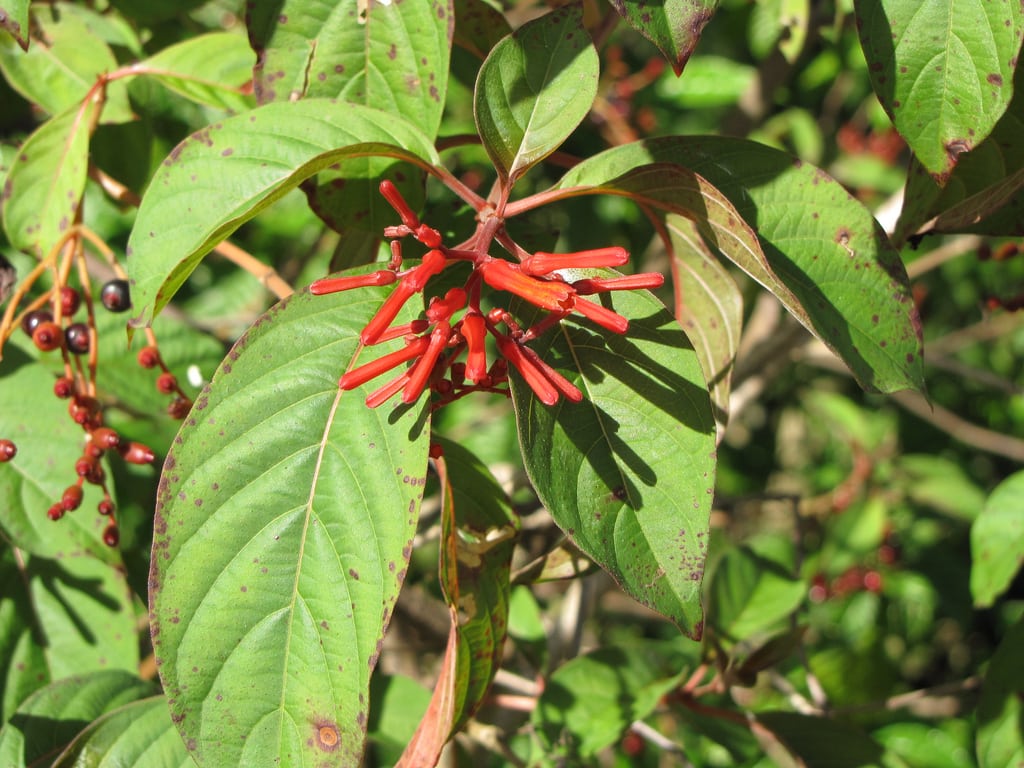 Firebush Watering Guide – Tips For Watering A Firebush Shrub
Firebush Watering Guide – Tips For Watering A Firebush ShrubFirebush is practically bullet-proof once established and tends to be relatively drought tolerant, but it does regular irrigation, especially during the early years. Click on the following article and we’ll discuss firebush water requirements.
By Mary H. Dyer